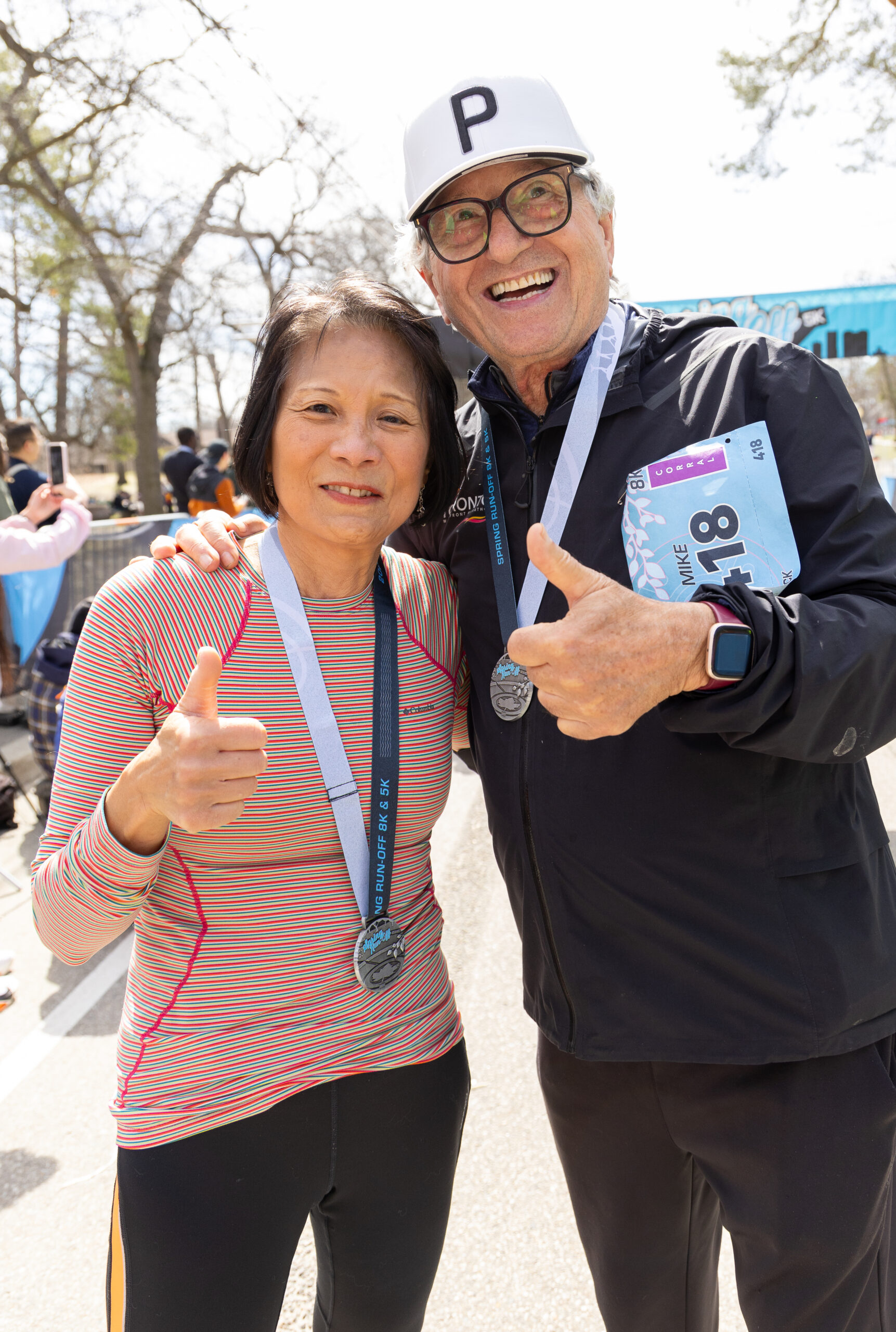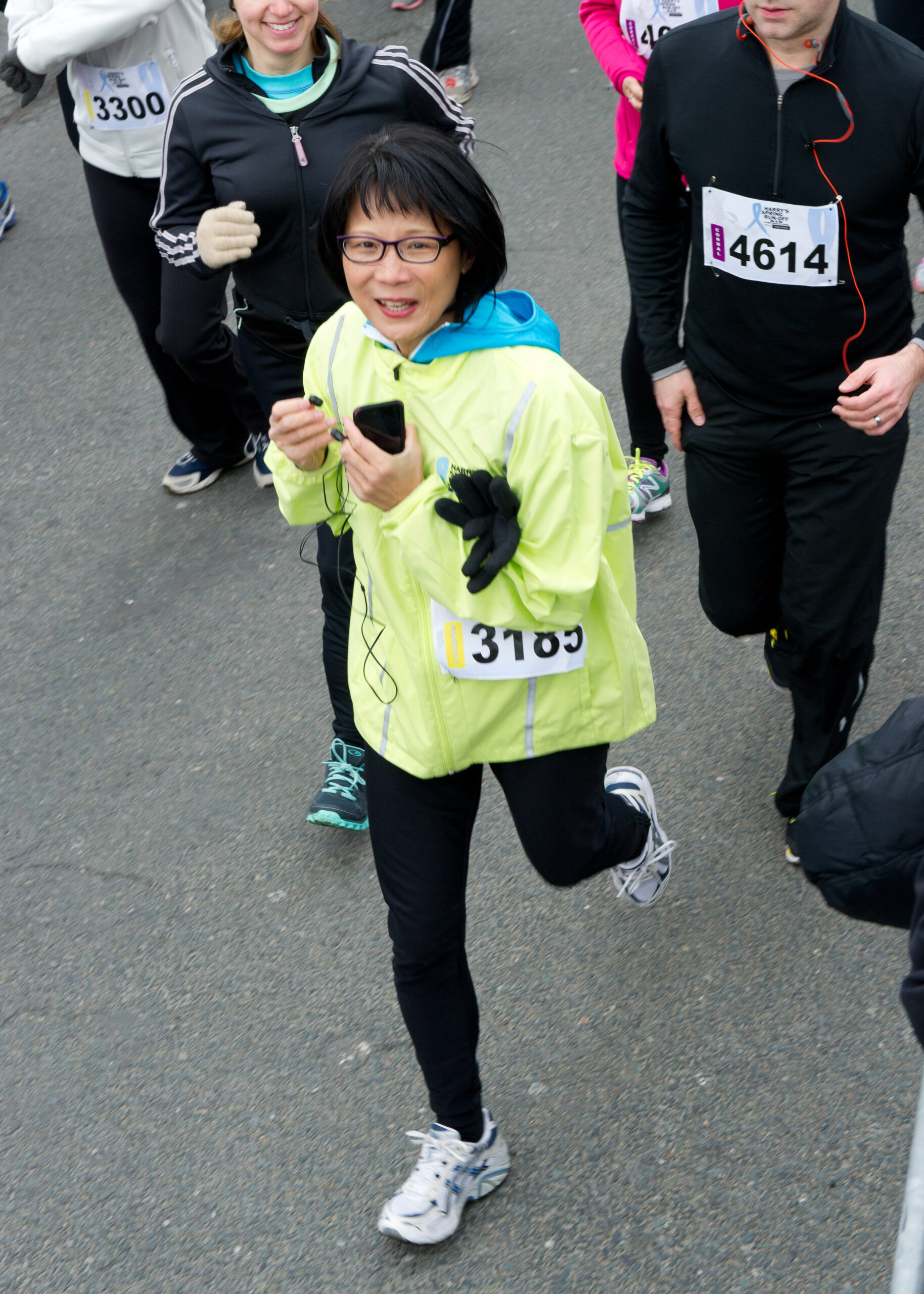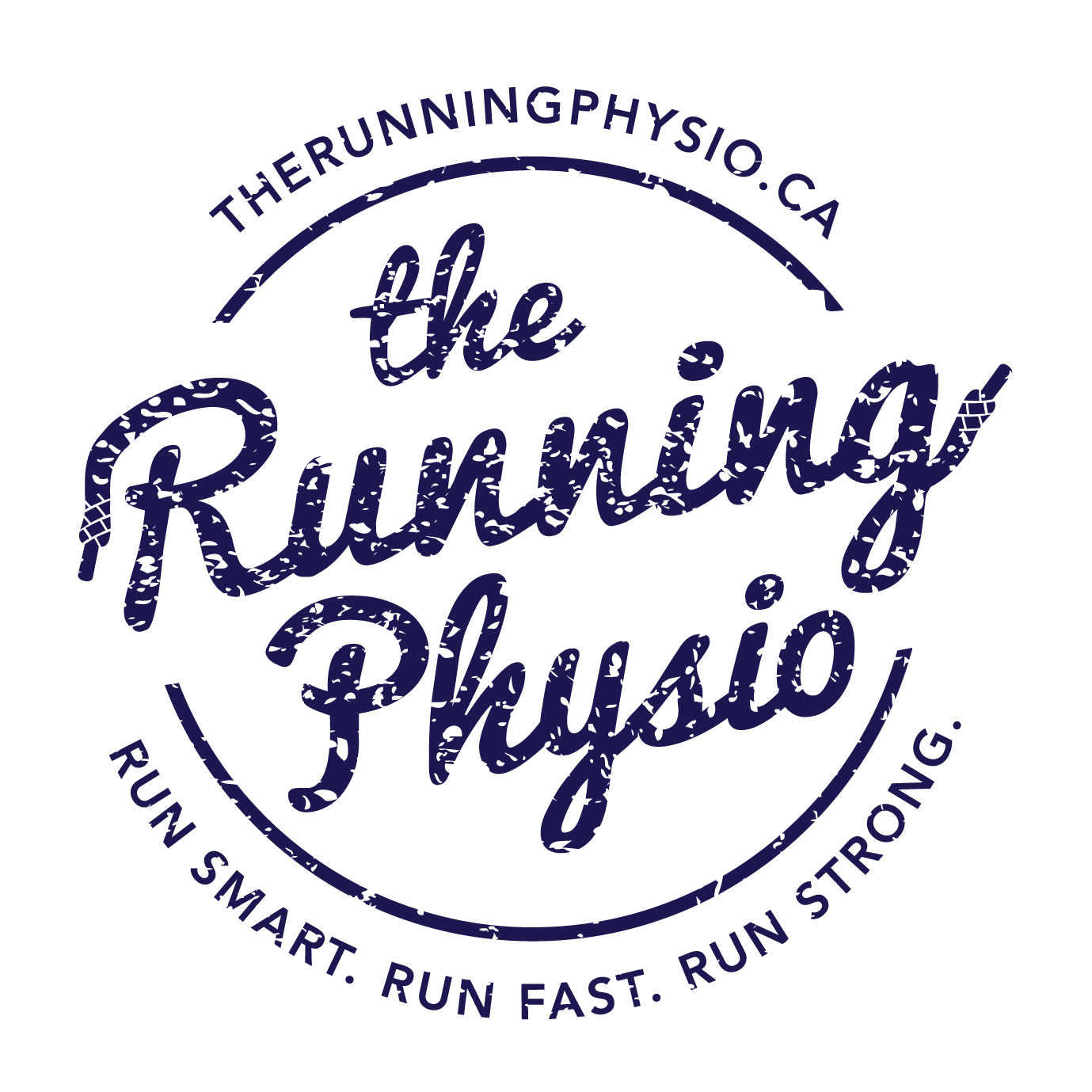August 15th, 2016 – By Amy Friel
Robert MacDonald knows how bright a glimmer of hope can be.
Four years ago, the Toronto-area native lay broken in a hospital bed, unable to move (or even to feel) anything from the waist down.
While vacationing with friends in Cabo, Mexico, MacDonald fell thirty feet from a hotel balcony, dislocating his spine in two places, fracturing nine vertebrae, breaking eleven ribs and his scapula, and puncturing a lung. The fractured vertebrae pinched his spinal cord, obstructing vital blood flow; the longer the obstruction went on, the more extensive the damage.
In need of immediate surgery, MacDonald was taken via air ambulance to St. Michael’s Hospital in Toronto, where a team of surgeons straightened and secured his spine using a computer-guided 3D intra-operative scanner. In terms of spinal cord injury, it was the gold standard in care: the fastest, most precise, and least invasive intervention possible. Even still, his diagnosis — asia B paraplegia — did not paint a promising picture.
For seven agonizing days, the twenty-six-year-old MacDonald struggled to come to terms with a future he could never have imagined. The lifelong athlete and former hockey and squash player now had a one-in-twenty shot of ever walking again.
“For those first seven days, nothing in my lower body moved,” MacDonald recalls. “I was in the ICU and I was pretty banged-up, and I thought, you know, I’m not gonna walk again. I know I’m not gonna walk again. I can’t feel anything in my lower body, I can’t move it. This is it.”
And then something happened — something terribly ordinary, yet quietly significant: the big toe on his left foot began, ever so slightly, to twitch.
It wasn’t much. But for MacDonald, that small twitch was enough.
“I basically took it as a sign,” he says. “If my toe can twitch, well then, something else can move. I kept thinking, if you just keep moving, keep doing, keep thinking, keep positive — you’ll be able to heal.”
Once he was medically stabilized, MacDonald was transferred from St. Michael’s Hospital to Toronto Rehab’s Lyndhurst Spinal Cord Rehabilitation Centre, where a team of specialized physiotherapists designed a program to help him transition back into ordinary life. For someone with his diagnosis, this meant potentially learning to adapt to life in a wheelchair — a future that MacDonald was unwilling to accept.
“I believe that you alone are responsible,” he explains. “When you are potentially not ever going to walk again, you really realize quite quickly how dependent you would be on others. And that was a huge motivator for me. So I said, you got yourself into this — you’ve gotta get yourself out of it.”
His journey toward healing was measured, as he puts it, “in small muscle twitches.” Over time, he found he was able to voluntarily wiggle his toe, and began to regain the sense of touch in parts of his legs. After one month, he was able to stand with assistance. At three months in, he began to walk on his own.
The rehabilitation program was painful, tedious, and fraught with setbacks; each new milestone was hard-won. But throughout the process, MacDonald was undeterred.
“It didn’t matter if it was wiggle my toe, or get up to go to the bathroom, or walk for the first time, or stand up out of my wheelchair, or complete a 5K run,” he recalls. “It was just, I will, I will, I will. And that kind of became my mantra.”
As spinal cord injuries go, his case defies the odds. After months of inpatient treatment, a newly-discharged MacDonald walked, unassisted, through the doors of the Lyndhurst Centre, towards the independent life that once appeared to have been all but taken from him.
It’s a gift he does not take for granted.
“From what I understand, if I had had my injury ten years ago, I am definitely not walking again,” he says.
Determined to give back, and in the defiant spirit of the I Will mantra that carried him through his gruelling rehabilitation, MacDonald set his sights on running the 2015 Scotiabank Toronto Waterfront Half-Marathon, fundraising for the Toronto Rehab Foundation and the Lyndhurst Spinal Cord Rehabilitation Centre.
“They were hugely crucial to my recovery,” he explains. “I obviously don’t count my own self out — my attitude, work ethic, and all of that individual stuff that went along with it — but I think equally important is the health care that was provided by that facility.”
What began as a personal challenge quickly grew to include family and friends; by race day, 72 runners had joined MacDonald’s Team I Will, raising over $73,500 for the Lyndhurst Centre.
True to form, MacDonald did more than simply cover the distance.
“I gave it as hard as I possibly could in the last kilometre,” he recalls of the race. “So I wasquite out of breath. And I don’t know if you’ve ever heard anyone cry and cough at the same time? It is not a pleasant sound. I was crying, coughing, and laughing all at once.”
For MacDonald, his half-marathon finish line represented more than just a personal goal: it was a celebration of a life he fought tooth-and-nail to get back, and of all those who had helped to make his fight possible.
Now in training for his first-ever full marathon, MacDonald and his Team I Will plan to return to the Scotiabank course this October, with a goal of fielding a team of 150 runners in every distance from the 5K to the marathon. MacDonald hopes to double the team’s fundraising to a goal of $150,000. At the top spinal cord research facility in the world, it’s a goal that could mean one more glimmer of hope for someone just like him.
“This isn’t for me,” MacDonald says. “This is for the next me.”
To join Robert MacDonald and Team I Will, please contact Vanessa Sousa at vanessa.sousa@uhn.ca or call 416-597-3422 ext. 3724.







